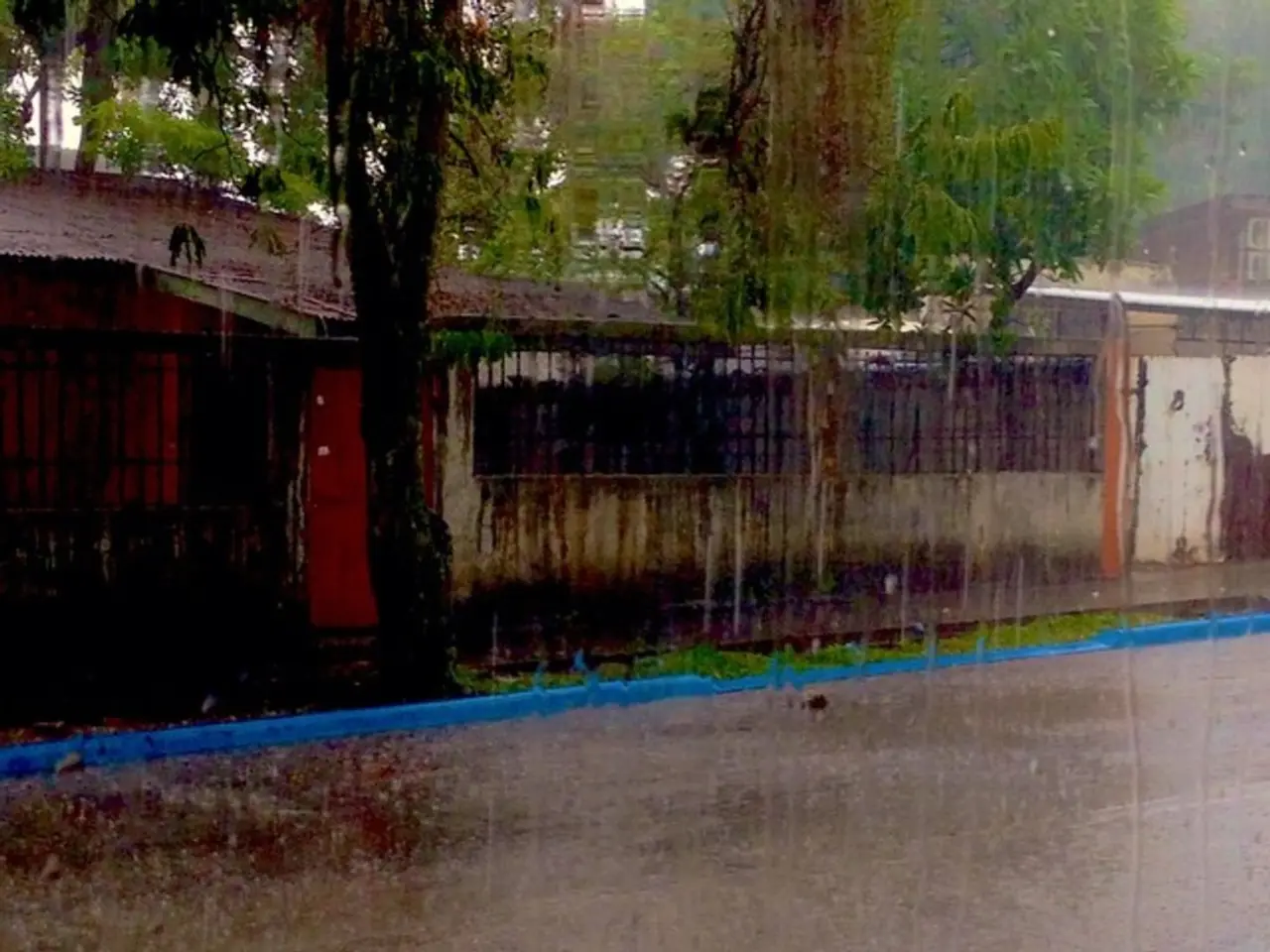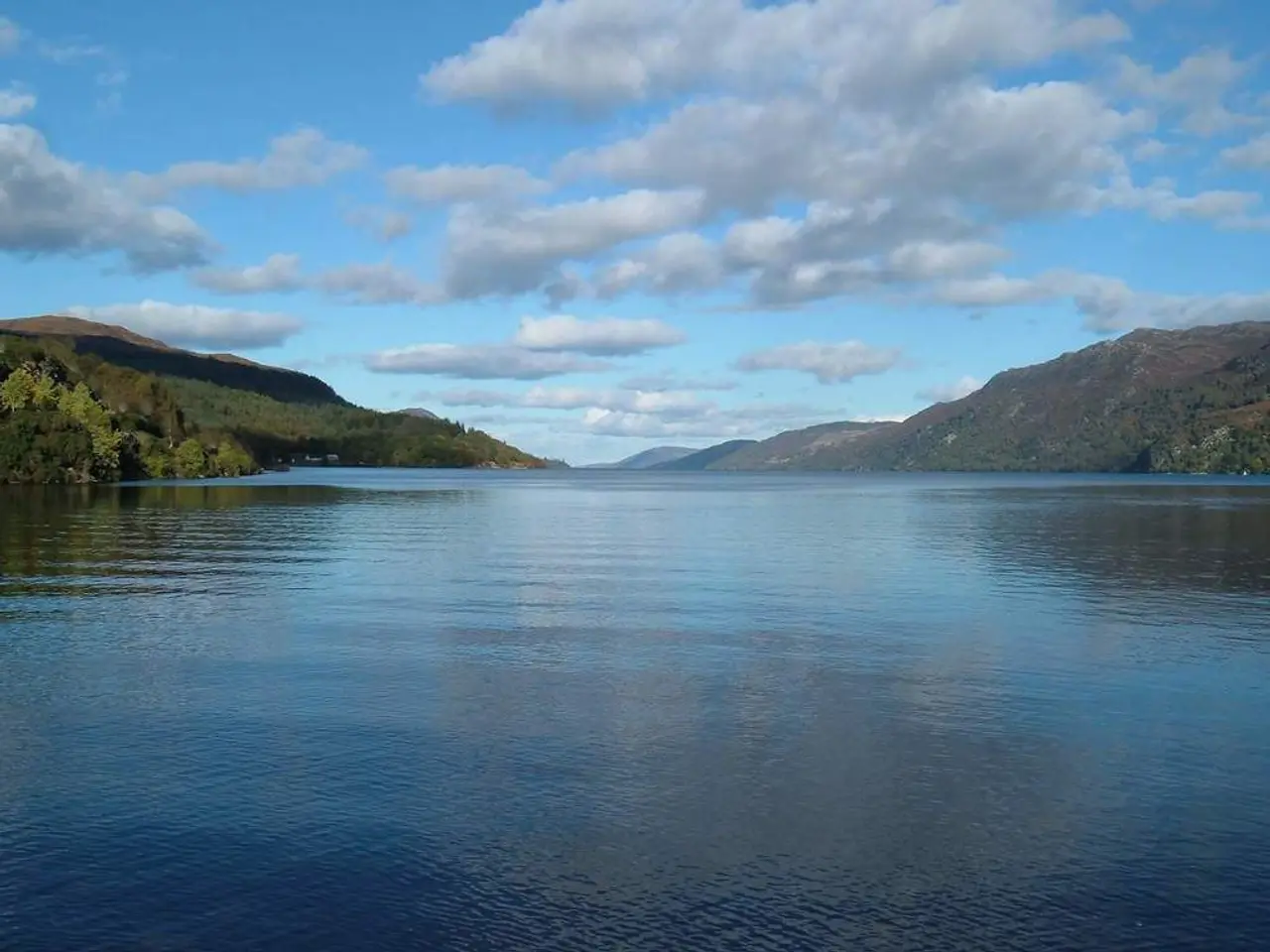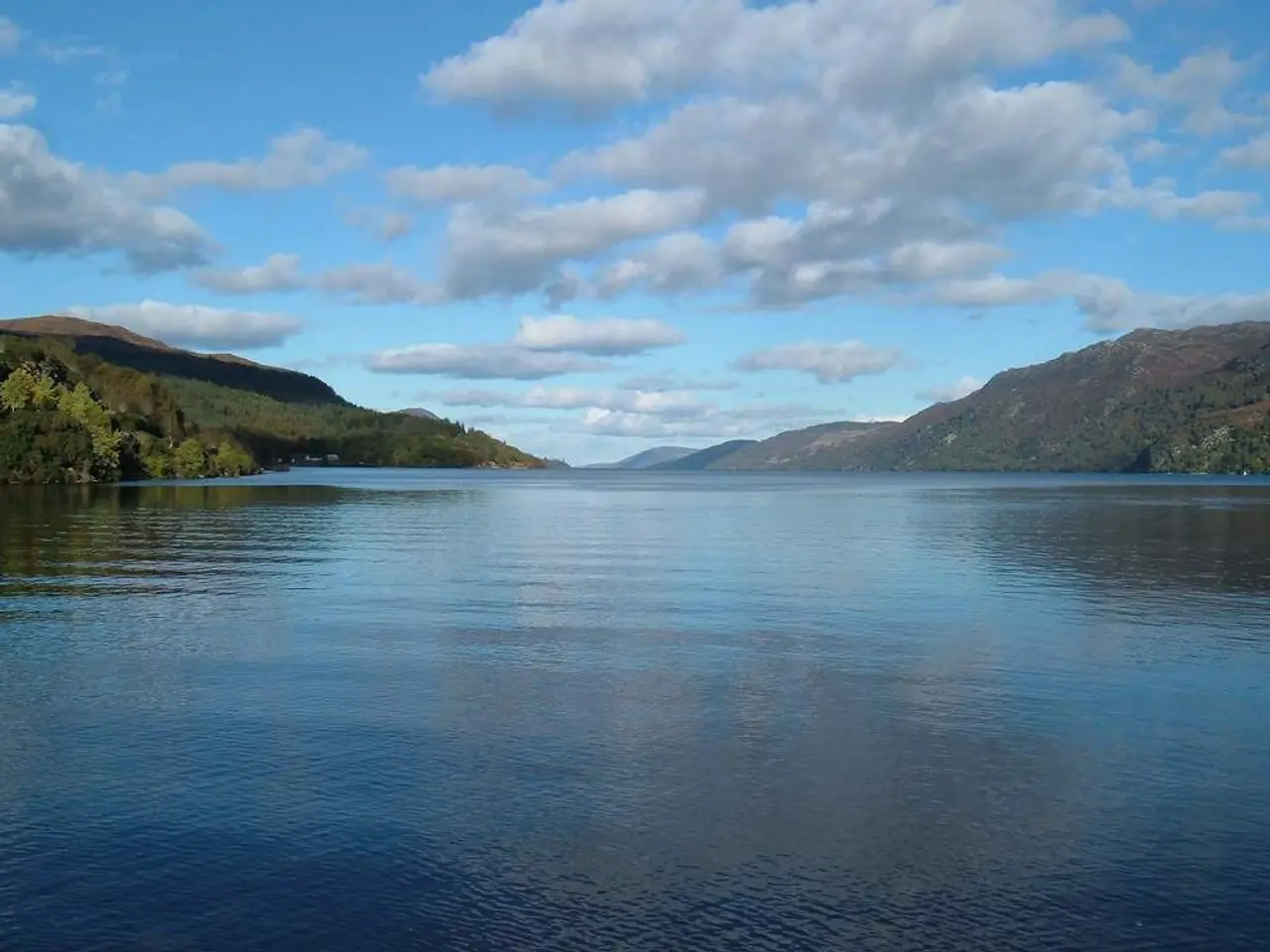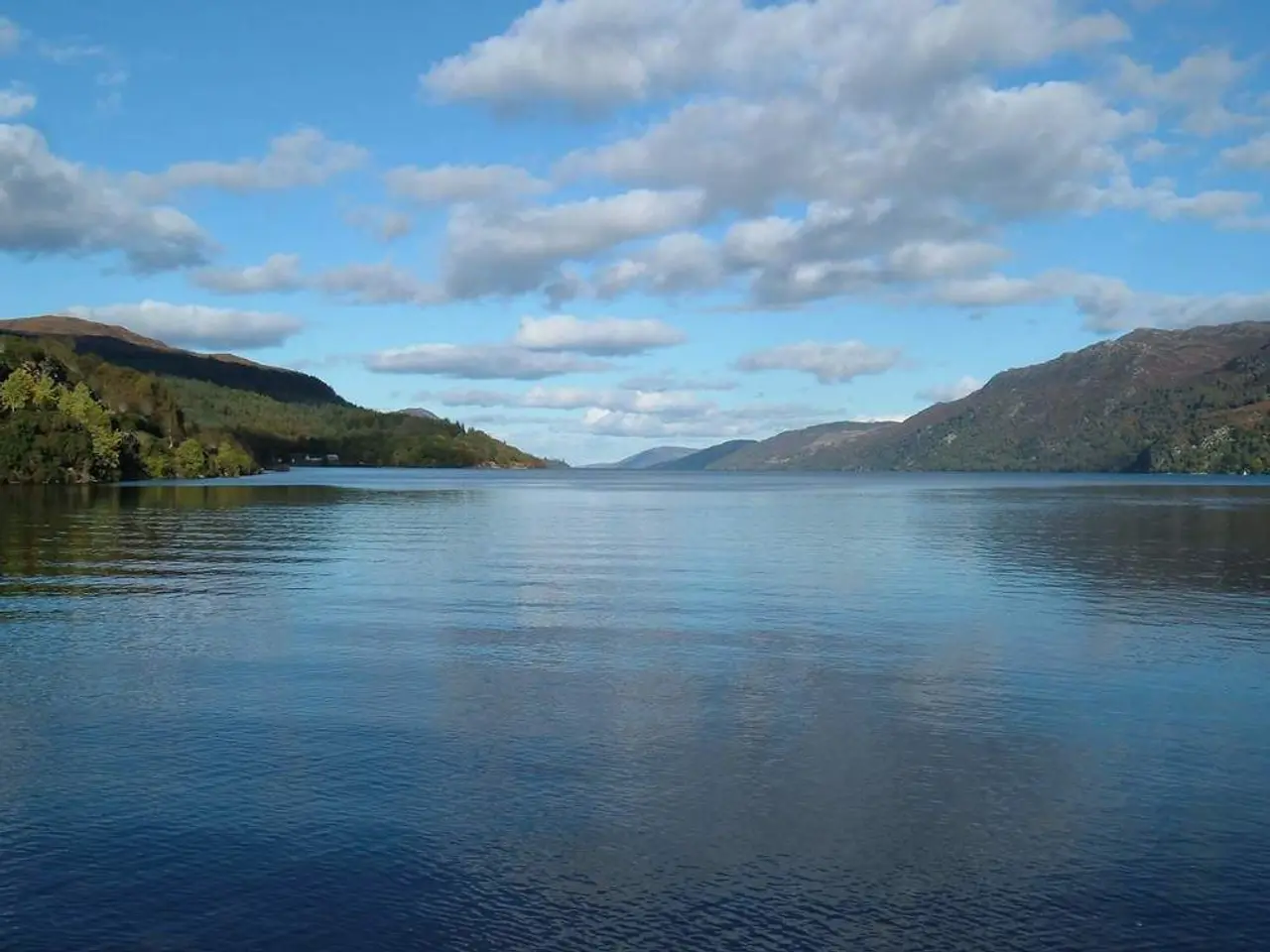Heavy Rain and Flash Floods in Hyderabad Causing Extensive Waterlogging, Disrupting City Life during Heavy Precipitation
In the heart of India, the city of Hyderabad experienced a heavy rain flash flood on August 7, 2025. The event disrupted transport and emergency services, causing widespread waterlogging and traffic chaos.
The floods were characterized by a sudden onset and rapid escalation, compounding challenges for timely disaster response. Residents experienced waist-deep water in several parts of the city, and the incident exposed existing gaps in the city's urban drainage infrastructure.
The floods serve as a wake-up call for city planners and policymakers to strengthen urban resilience. The key causes of these urban flood events, including the recent heavy rain flash floods, are primarily attributed to rapid urbanization, climate change leading to intense rainfall, inadequate and obstructed drainage infrastructure, and encroachment on natural water bodies.
Rapid urbanization has led to the loss of natural drainage and wetland areas, reducing the city's capacity to absorb rainwater. Encroachment and filling of lakes, tanks, and natural drainage paths have resulted in waterlogging and flash floods. Inadequate and outdated stormwater drainage infrastructure is unable to cope with increasingly intense, erratic monsoon rainfall and sudden cloudbursts.
Climate change is causing more extreme rainfall events, with Hyderabad experiencing up to 16% excess rainfall this season and incidents of very high daily rainfall (up to 20 cm). Obstructions in drainage channels due to waste, debris, and unregulated urban development have worsened water flow.
Proposed and ongoing solutions focus on integrated urban water management, rejuvenating natural waterways like the Musi River, modernizing drainage systems, and implementing climate-resilient infrastructure. The Greater Hyderabad Municipal Corporation (GHMC) plans to digitize flood risk maps and deploy IoT-based sensors in vulnerable zones to enable timely alerts and targeted interventions.
Strengthening urban resilience involves upgrading drainage infrastructure to handle extreme rainfall volumes and implementing nature-based solutions like restoring wetlands and increasing permeable surfaces to absorb runoff. Integrating real-time flood monitoring technologies and community engagement can enhance response effectiveness.
The Telangana State Disaster Management Authority and GHMC teams activated relief measures, including the deployment of pumps and clearing of critical drainage chokepoints. The Central Water Commission's recent assessment shows rising water levels in key reservoirs around Hyderabad, suggesting increased flood risk if urban runoff is not properly managed. Government initiatives to incorporate advanced weather forecasting and early warning systems will be vital in addressing Hyderabad's flood vulnerability.
Unplanned urban sprawl and construction over natural water bodies and wetlands reduce the city's natural drainage capacity, contributing to the Hyderabad heavy rain flash floods. Analysts emphasize that long-term flood resilience in Hyderabad amid climate challenges and rapid urban growth requires strong coordination among local authorities, environmental experts, urban planners, and the community.
- The heavy rain flash flood in Hyderabad was primarily attributed to rapid urbanization, climate change leading to intense rainfall, inadequate and obstructed drainage infrastructure, and encroachment on natural water bodies, which are all key factors in environmental-science studies related to climate-change and weather-forecasting.
- Strengthening urban resilience in Hyderabad is crucial for managing future flood risks, as this requires upgrading drainage infrastructure to handle extreme rainfall volumes, implementing nature-based solutions like restoring wetlands and increasing permeable surfaces to absorb runoff, and incorporating advanced weather forecasting and early warning systems – all strategies that fall under climate-resilient infrastructure and urban water management.




